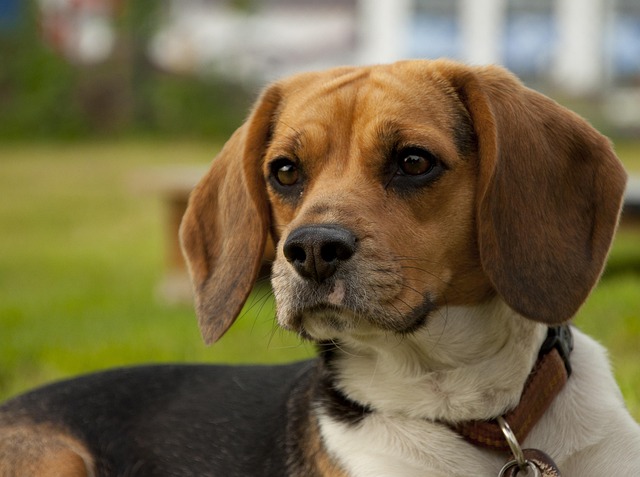
How hard is it to potty train a yorkshire terrier?
Bringing a Yorkshire terrier home fills your life with tiny paws and boundless energy, but the journey of potty training often comes with its fair share of challenges.
Imagine inviting friends over for a casual only to have your dog growl and bare its teeth, turning a fun gathering into an awkward standoff. If you’ve found yourself asking, “What is the best training method for aggressive dogs?” you’re not alone. As an editor who’s helped countless American first - time dog owners navigate this challenging territory, I’m here to share strategies that combine science, safety, and a deep understanding of canine behavior.
First, it’s crucial to understand why dogs become aggressive. It’s rarely “bad behavior” in the traditional sense. Instead, aggression often stems from fear, territorial instincts, or past negative experiences. For instance, a dog that was poorly socialized as a puppy might lash out when faced with unfamiliar people or animals. Biologically, aggression is an evolved response to perceived threats, triggering a “fight - or - flight” reaction. But in modern American neighborhoods, this instinct can quickly lead to dangerous situations and legal trouble, as many states have strict laws regarding aggressive pets.
The best training approach for aggressive dogs centers around positive reinforcement, a method firmly rooted in Western pet - training culture. Forget about punishment - based techniques like yelling, hitting, or using shock collars—these not only violate the widely - embraced force - free training norms but can also escalate aggression by increasing your dog’s fear and anxiety. Instead, start by identifying the triggers that set off your dog’s aggression. Is it other dogs on walks? Strangers approaching the door? Once you know the triggers, expose your dog to them in a controlled, low - intensity way.
For example, if your dog gets aggressive around other dogs, have a friend with a calm dog stand at a distance where your dog notices but doesn’t react aggressively. When your dog stays calm, immediately reward them with high - value treats, like small pieces of cooked chicken, and enthusiastic praise. Gradually decrease the distance between the dogs over multiple sessions, always reinforcing the calm behavior. This process, known as desensitization and counter - conditioning, rewires your dog’s brain to associate the trigger with positive experiences rather than fear.
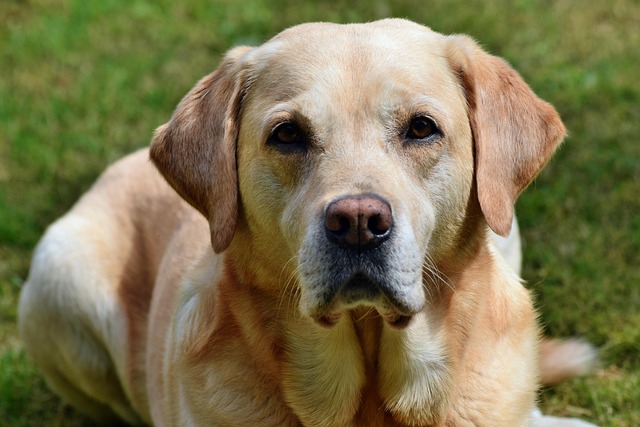
Another key strategy is teaching your dog alternative behaviors. Train commands like “look at me” or “leave it” to redirect their attention when they start to show signs of aggression. When they respond correctly, reward them instantly. In an apartment setting, this is especially important, as close quarters can easily amplify aggression. A barking, lunging dog in an apartment hallway can violate lease agreements, lead to neighbor complaints, and even result in eviction.
When out in public, always keep your dog on a short, sturdy leash and use a muzzle if necessary. Many US cities require aggressive dogs to be muzzled in public spaces, and failure to comply can result in fines of up to $500. Also, never forget the basic responsibilities of pet ownership: keep your dog’s vaccinations up - to - date, especially rabies, which is mandatory by law in almost all states, and always clean up after them during walks to avoid violating local “poop - scoop” laws.
Training an aggressive dog takes time, patience, and sometimes the help of a professional dog behaviorist. But with consistent positive training, a respect for local regulations, and a commitment to your dog’s well - being, you can transform your aggressive pup into a more relaxed, well - behaved companion. Your peace of mind, and the safety of those around you, will be well worth the effort.

Bringing a Yorkshire terrier home fills your life with tiny paws and boundless energy, but the journey of potty training often comes with its fair share of challenges.
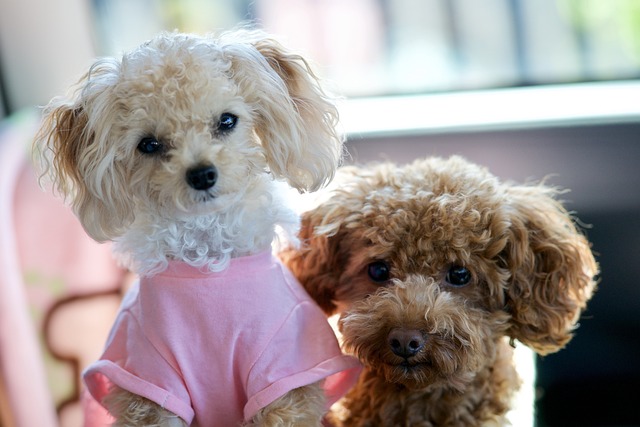
Imagine walking into your Houston home to find your rescue pit bull, Rocky, growling over a chewed shoe, hackles raised as you approach.
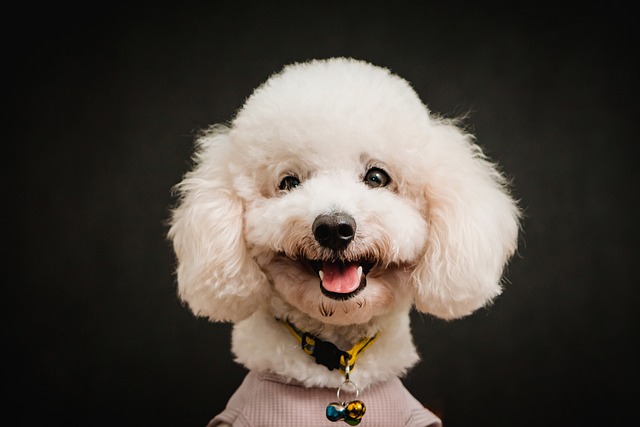
Imagine your squishy 9-week-old Labrador, Daisy, tumbling after a fallen Cheerio in your Chicago kitchen. You chirp, "Daisy, come!" – and those little paws scramble toward you
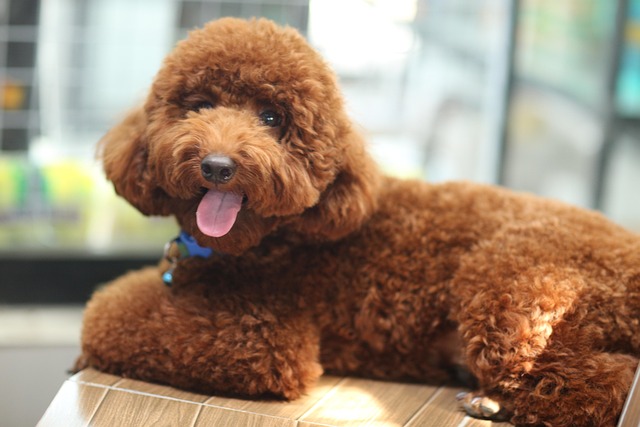
Imagine this: You’re at a sun-dappled park in Denver, waving a frisbee and calling your Australian shepherd, Zara, but she’s too busy sniffing a patch of grass where a squirrel paused minutes ago.
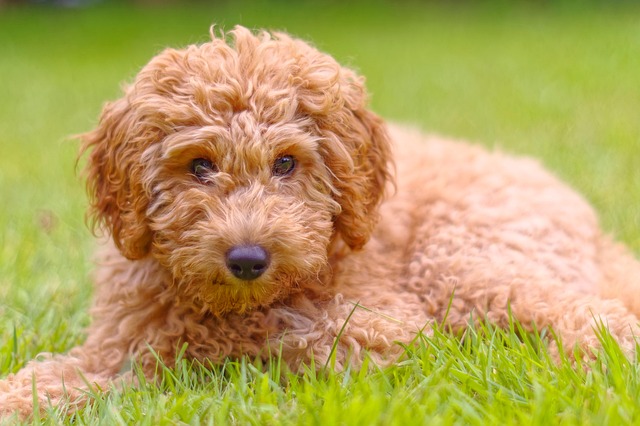
Picture this: you're at the local park, your new Labrador pup, Buddy, spots a fascinating squirrel. You call his name with growing urgency
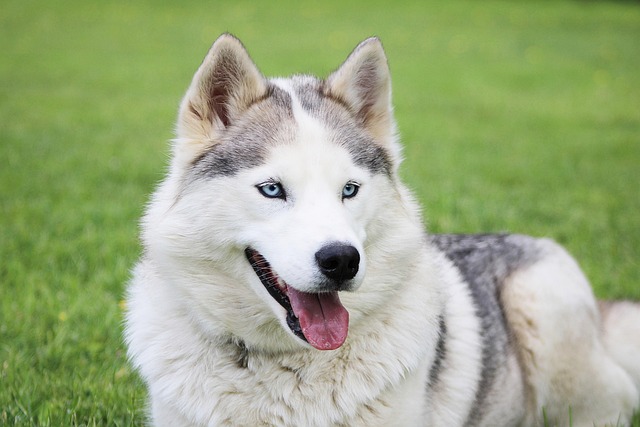
Your heart leaps as your 4-month-old Golden Retriever, Cooper, locks onto a discarded chicken wing during your Brooklyn sidewalk stroll – milliseconds from a dangerous snack.